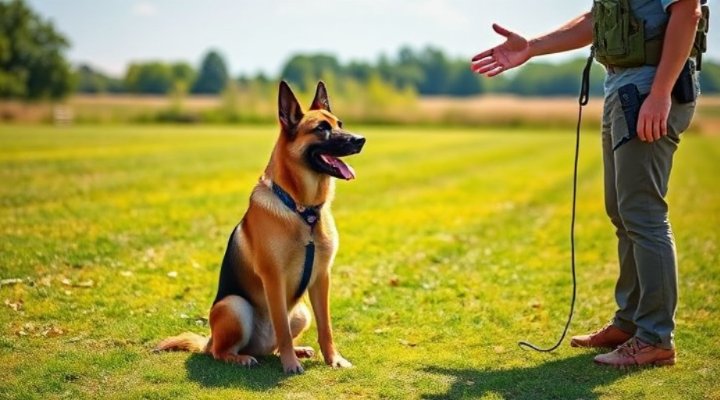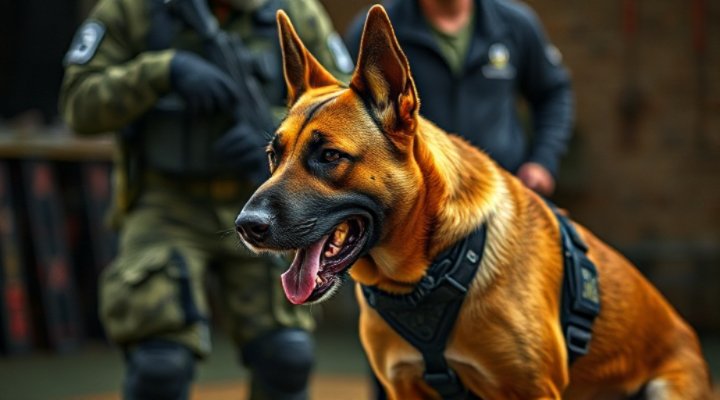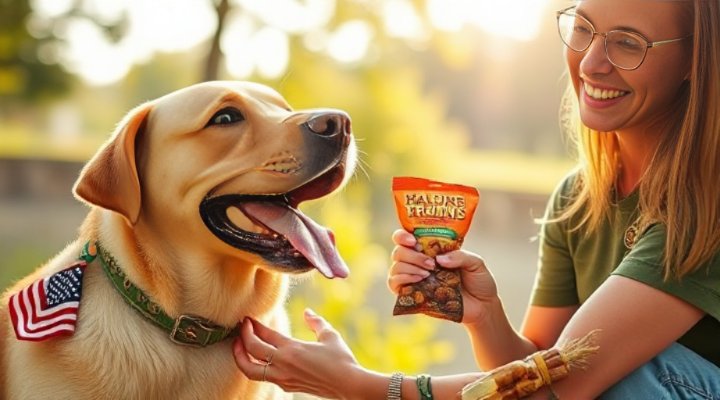K9 dog training is an incredibly rewarding journey that strengthens the bond between you and your canine companion. Whether you’re training a working dog or simply want to improve your pet’s obedience, the right techniques make all the difference. In this guide, we’ll explore professional methods for K9 training that cover obedience, agility, and protection.

The Fundamentals of K9 Obedience Training
Obedience is the cornerstone of any successful K9 dog training program. Basic commands like ‘sit,’ ‘stay,’ and ‘heel’ are essential for building a well-behaved dog. For instance, my own German Shepherd, Max, responded remarkably well to positive reinforcement techniques during his obedience training. Consistency is key – short, daily sessions yield better results than occasional long ones.
Moreover, advanced obedience training can include off-leash control and distance commands. These skills are particularly important for working dogs who need to respond reliably in various situations. Remember, every dog learns at their own pace, so patience is crucial.

Agility Training for K9 Dogs
Agility training isn’t just for competition dogs – it’s fantastic exercise and mental stimulation for any K9. Setting up a simple course in your backyard can be a fun way to challenge your dog physically and mentally. I’ll never forget how my Border Collie, Luna, absolutely lit up when she first mastered the weave poles!
If you’re interested in more structured agility training, consider checking out local agility classes for dogs. These provide professional equipment and guidance to help your dog reach their full potential.
Essential Agility Equipment
Start with basic obstacles like jumps, tunnels, and pause tables. As your dog progresses, you can introduce more challenging elements like the A-frame and dog walk. Always prioritize safety and proper technique over speed.

Protection Training for Working K9s
Protection training is a specialized aspect of K9 dog training that requires professional guidance. It’s not about encouraging aggression, but rather about channeling a dog’s natural protective instincts in a controlled manner. Police and military dogs undergo extensive protection training to perform their duties safely and effectively.
If you’re considering protection training for your dog, it’s crucial to work with certified trainers who understand canine behavior and can ensure the training is conducted ethically and safely. Proper socialization is equally important to prevent unwanted aggressive behavior.
Creating a Positive Training Environment
Successful K9 dog training relies on creating a positive, stress-free environment for your dog. Use rewards like treats, toys, and praise to reinforce good behavior. Avoid punishment-based methods, as they can damage your relationship with your dog and lead to behavioral issues.
Remember that training should be enjoyable for both you and your dog. If either of you gets frustrated, it’s okay to take a break and try again later. Consistency, patience, and positive reinforcement are the keys to successful K9 training.

Advanced K9 Training Techniques
Once your dog has mastered basic commands, you can explore more advanced training techniques. Scent work, for example, is an excellent way to engage your dog’s natural abilities. Many K9 units use scent detection for search and rescue or narcotics detection.
Another advanced skill is gun dog training, which teaches dogs to retrieve game without damaging it. While this is specialized training, the principles of patience and positive reinforcement remain the same.
Common Challenges in K9 Training
Every dog is unique, and you may encounter challenges during training. Some dogs are easily distracted, while others may be stubborn or anxious. The key is to identify what motivates your dog and tailor your approach accordingly.
For dogs with behavioral issues, consider consulting a professional trainer or behaviorist. Sometimes, what appears to be stubbornness might actually be confusion or anxiety that requires a different training approach.
Maintaining Your K9’s Training
Training isn’t a one-time event – it’s an ongoing process. Regular practice sessions help maintain your dog’s skills and strengthen your bond. Even after your dog has mastered a command, occasional refreshers are beneficial.
Incorporating training into daily activities keeps it fun and relevant. For example, practicing ‘stay’ while preparing meals or ‘heel’ during walks reinforces these commands in real-world situations.
Conclusion
K9 dog training is a journey that requires patience, consistency, and understanding. Whether you’re training a working dog or a family pet, the principles of positive reinforcement and clear communication remain the same. Remember that every dog learns at their own pace, and the goal is to build a strong, trusting relationship with your canine companion.
For more information on specific training techniques, check out our articles on puppy obedience essentials and e-collar training.
Related Keywords: K9 training techniques, dog obedience commands, working dog training, professional dog training methods, advanced canine training

